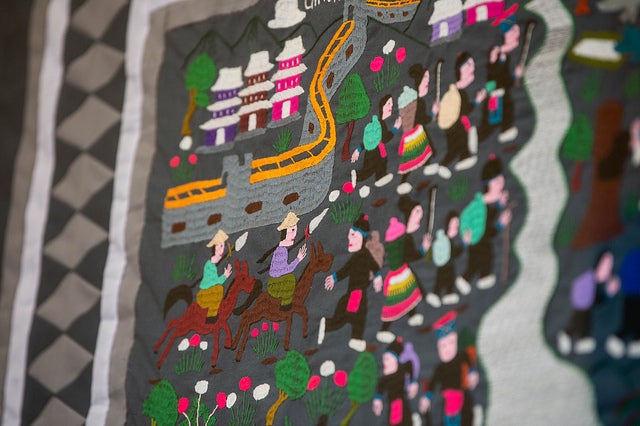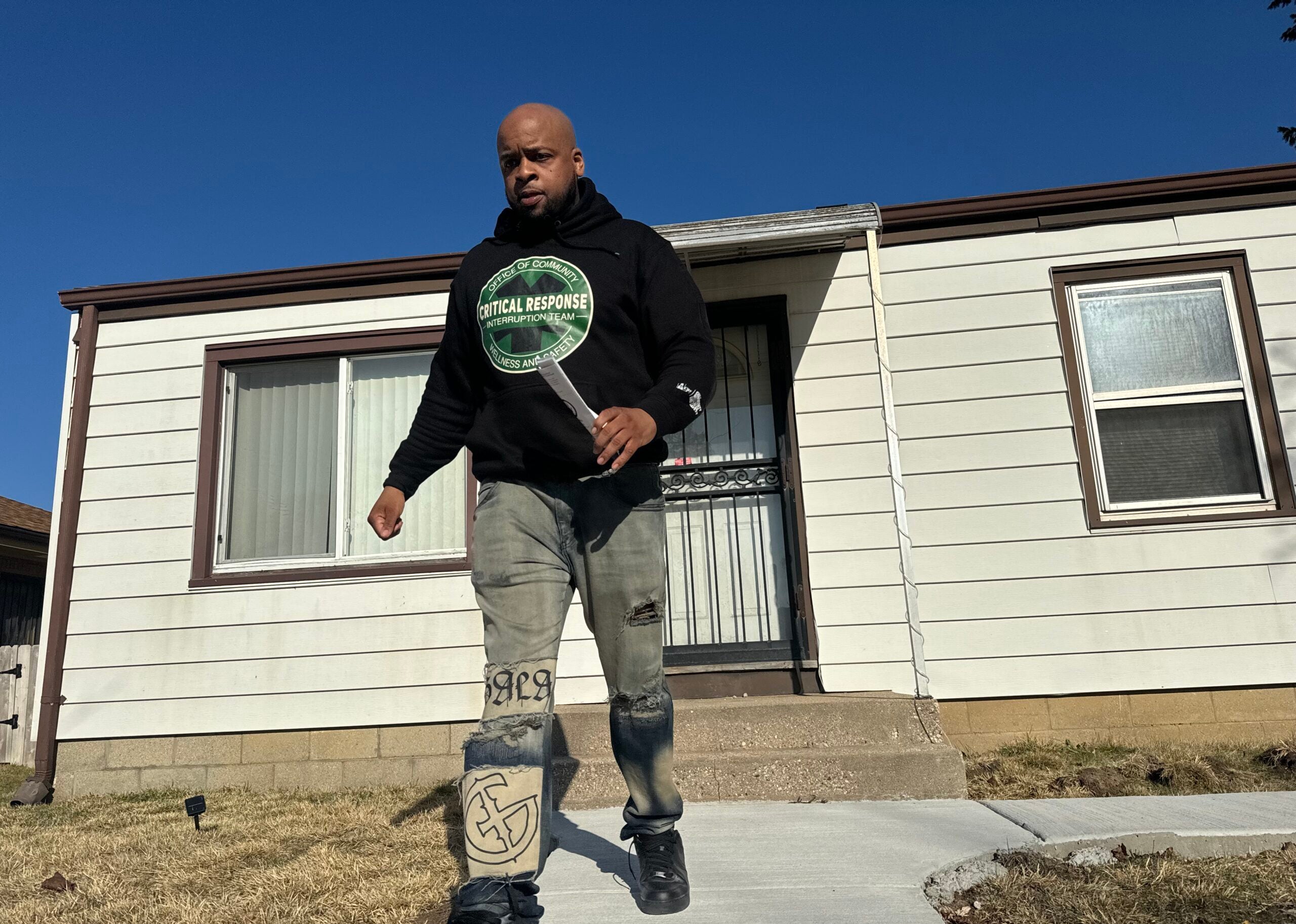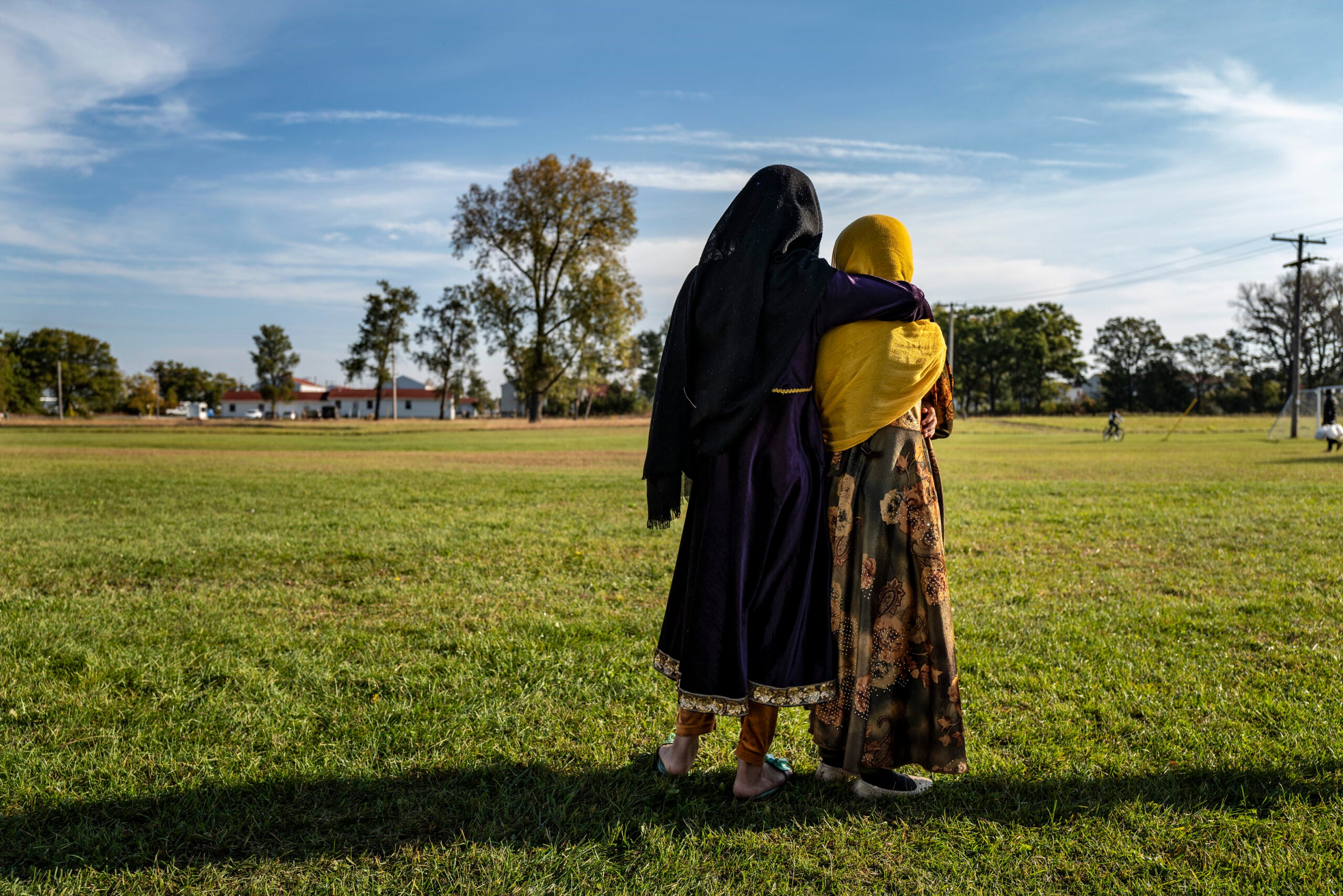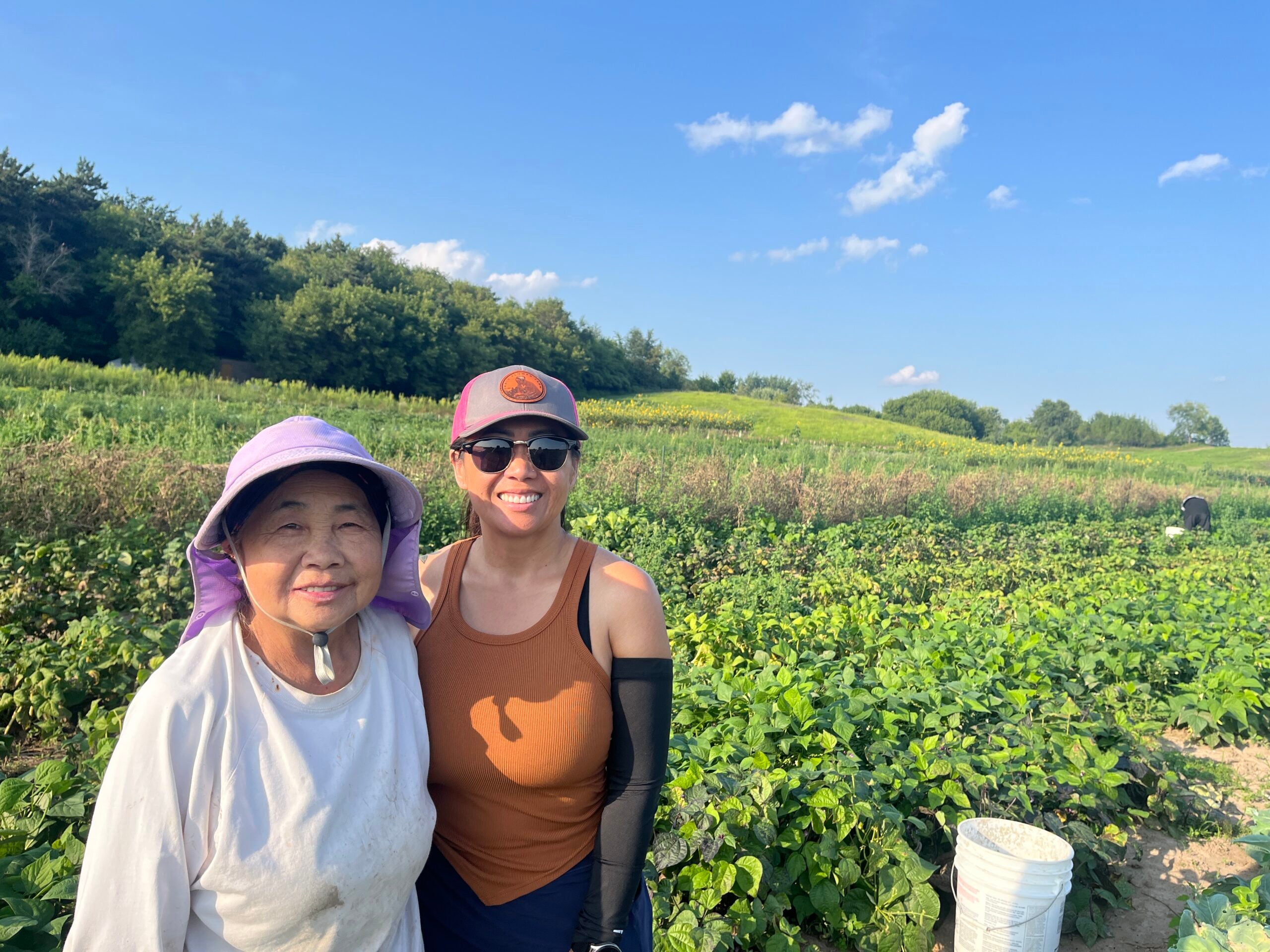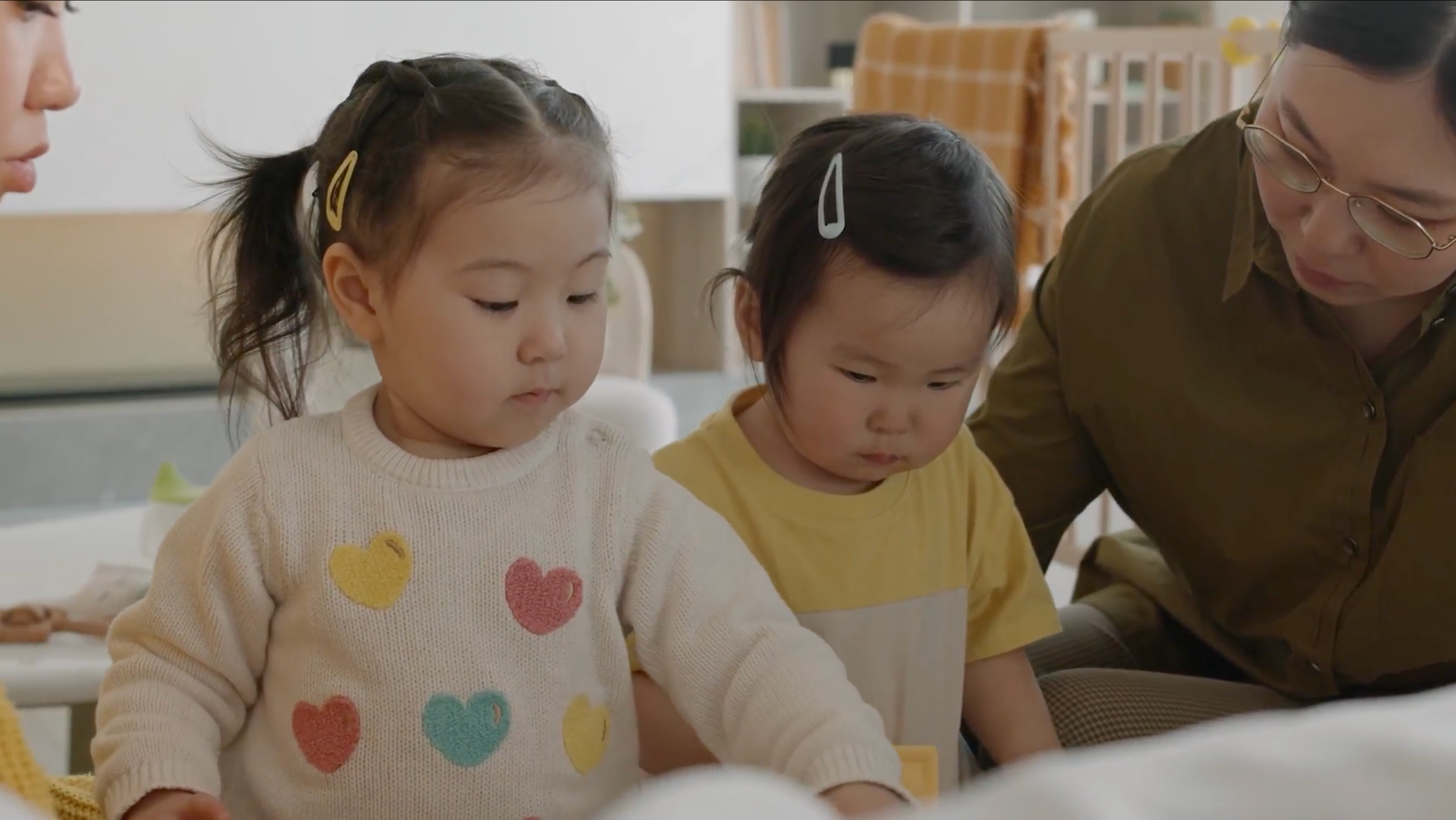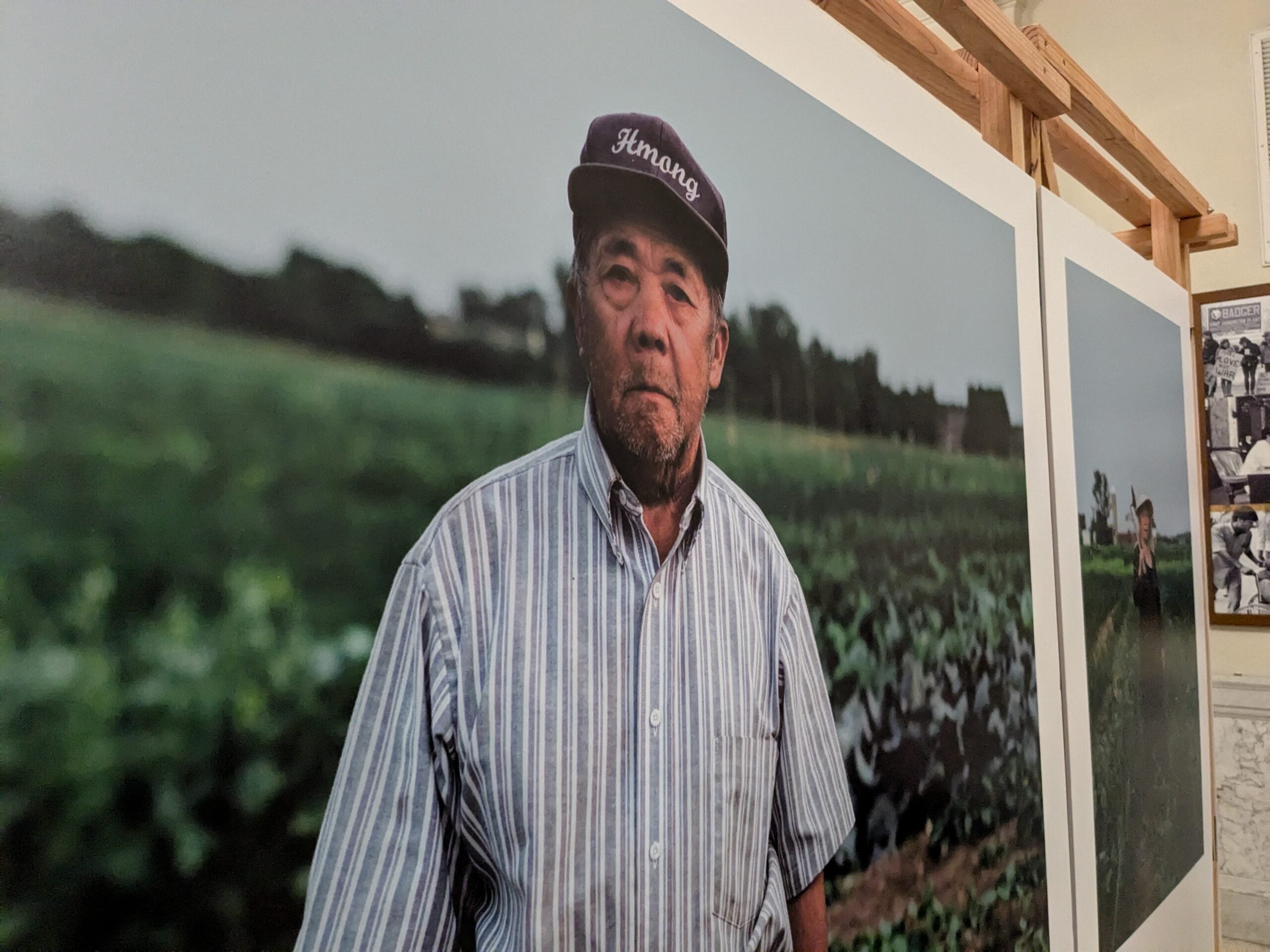In 2019, Long Vue was part of a group of Hmong professionals who started getting together in northeast Wisconsin for various networking, career development and leadership opportunities.
But a suspected murder-suicide later that year “shook the whole community,” he said. It shifted his framing of what the group could — and should — accomplish.
“We have to do something because there (are) emergent needs,” he said. “We want to get a safe space or event base (to) get together and know each other, elevate each other (and) really work together because through this process, hopefully we can make something great.”
News with a little more humanity
WPR’s “Wisconsin Today” newsletter keeps you connected to the state you love without feeling overwhelmed. No paywall. No agenda. No corporate filter.
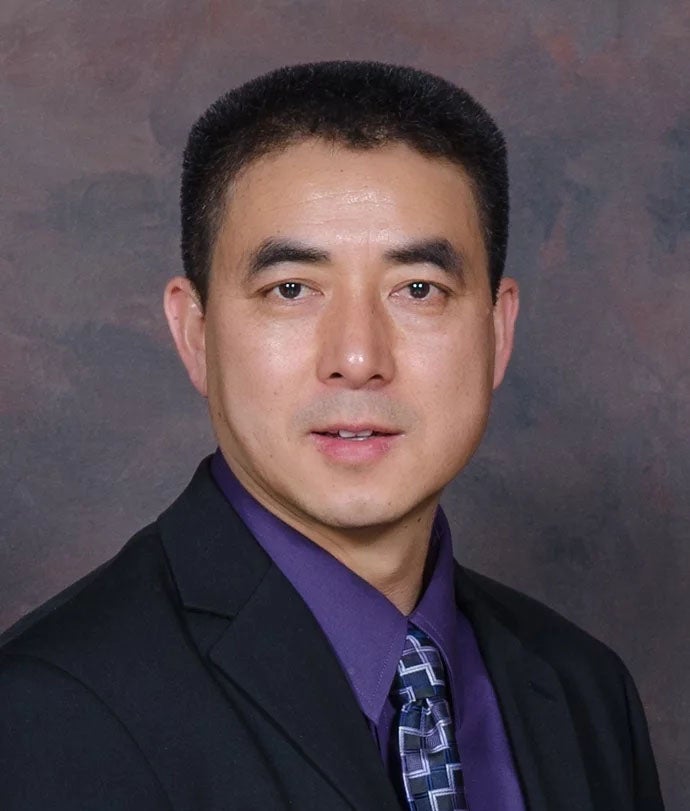
Then, a few months later when the pandemic hit Wisconsin, Vue said he realized the needs of the Hmong community became clearer.
“We have to step up as leaders now,” he said recently on WPR’s “The Morning Show.”
The website for New Hmong Professionals, the non-profit where Vue is the executive director, says the group supports community members for both professional and personal development. Those two aren’t entirely separate.
For example, Vue discussed the racism Hmong communities or other Asian populations experienced in the U.S. during the pandemic. He said the hatred reminded him of the 1980s when he first came to the country. How can the Hmong community thrive professionally if there are people who blame them for COVID-19 or refuse to support their businesses?
“The hatred, harassment. You walk around (and) people yell and scream at you. It’s not safe for you to go to the store or go shopping,” he said. “This pandemic reminds us, brings us back to that traumatic time again.”
He said he has encouraged community leaders to handle this kind of aggression by working closely with the police — perhaps it’s getting extra patrols or getting everyone the right phone number to call if they need help. He also said he worked with the Hmong community to stay safe by not going out after dark alone.
Vue said his organization is trying to meet the emerging needs of the Hmong community, which span different areas — social issues, metal health, suicide prevention, helping the elderly and economic development.
When he first came to the U.S. as a teenage refugee, he didn’t have this kind of support system to lean on. It was a shocking experience, and it was challenging to fit into society. Growing up in Kaukauna, it wasn’t always easy to find transportation to Appleton, a much larger city.
He said he thinks the next generation of Hmong teenagers are struggling in Wisconsin, too. They might feel stuck outside two worlds. They are American born to an older Hmong generation, and they are seen as Hmong to fellow students whose families have been in the state for longer.
“They are going through a very hard time,” he said. “Trying to find who they are, trying to fit into society.”
Vue said his work can extend beyond the Hmong community, too. He wants New Hmong Professionals to make the entire community better, and that could include partnering with other organizations for people of color or other refugees, such as Afghans or Ukrainians.
He said he knows what it can be like.
“Those new refugees, I’m hoping they can reach out and let us know how we can help, too,” he said.
Wisconsin Public Radio, © Copyright 2026, Board of Regents of the University of Wisconsin System and Wisconsin Educational Communications Board.
